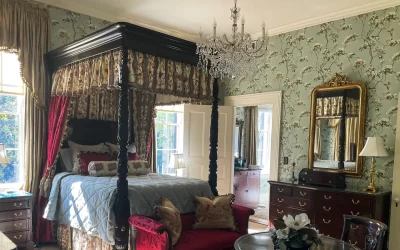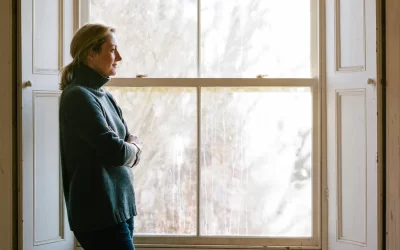Scottish Holland Blinds and Fabric
Supplying the ‘world famous’ Scottish Holland Fabric and Accessories for Roller Blinds
Welcome
Welcome to The Scottish Holland Blind Companies website. Opening our doors in 2008 we specialise in supplying the world famous
‘Scottish Holland’ fabric and manufacturing Heritage roller blinds that are used in several National Trust, Royal Palaces and Stately homes across the UK and beyond.
We also specialise in the manufacture of custom-made window treatments including customer own fabric roller blinds and several different other types of window blinds. We work very closely with our trade suppliers, interior designers and private clients to gain the results required. We are able to source most fabric and accessories specific for the project in hand.
We pride ourselves on our strong working relationships and always ensure that contracts are completed well on time. We are known for our speed of service, quality of product, and of course, all with a personal touch.
Heritage Blinds
Traditional Holland blinds made with our world renowned Scottish Holland fabric.
Made to Measure
We offer a made to measure roller
blind service.
Custom Roller Blinds
We can transform soft furnishing fabrics into blinds.Scottish Holland fabric has a real traditional feel about it.
It is great fabric to work with and our customers seem to love it.
Latest News
The World Of Interiors
Known for its classical and architectural approach to interior design, Studio Killian-Dawson has worked on historically rich homes around the world, offering a range of bespoke furnishings and sourcing appropriate antiques and fine art to authentically restore spaces....
Featured on House & Garden
Rita Konig's diary of a farmhouse renovation: curtains and blinds features off-white Scottish Holland roller blinds supplied by us. Rita Konig said... "Something I had not reckoned on at North Farm was the need for screening at the windows, rather than just curtains...

